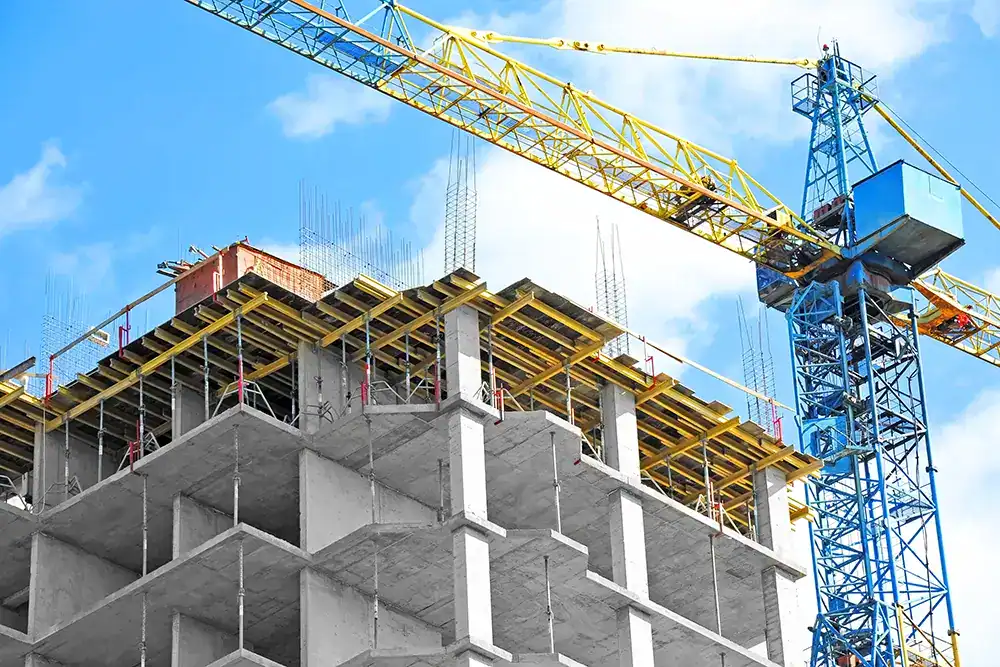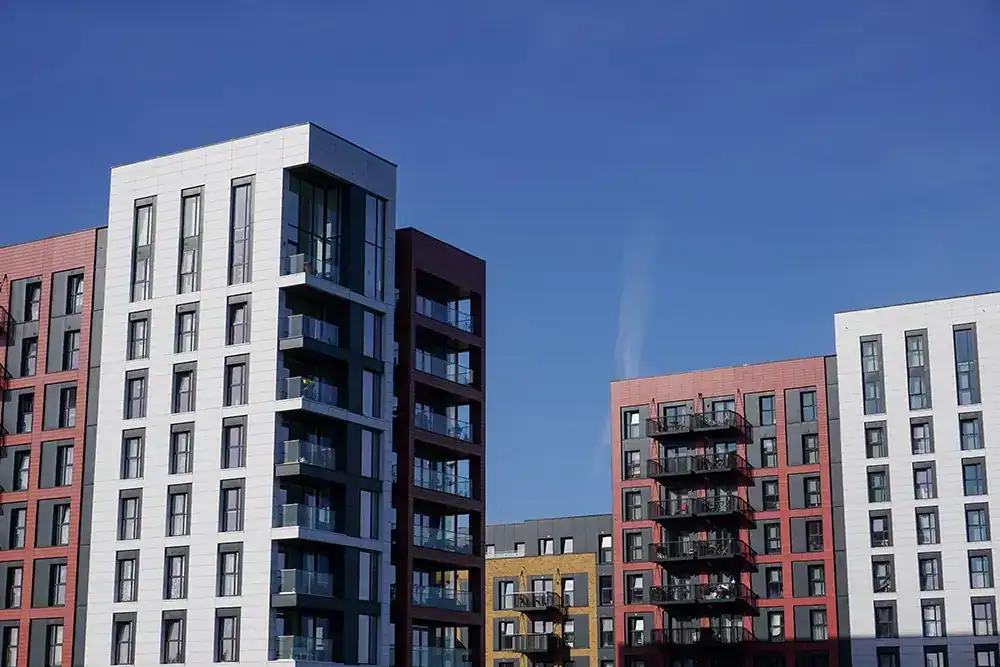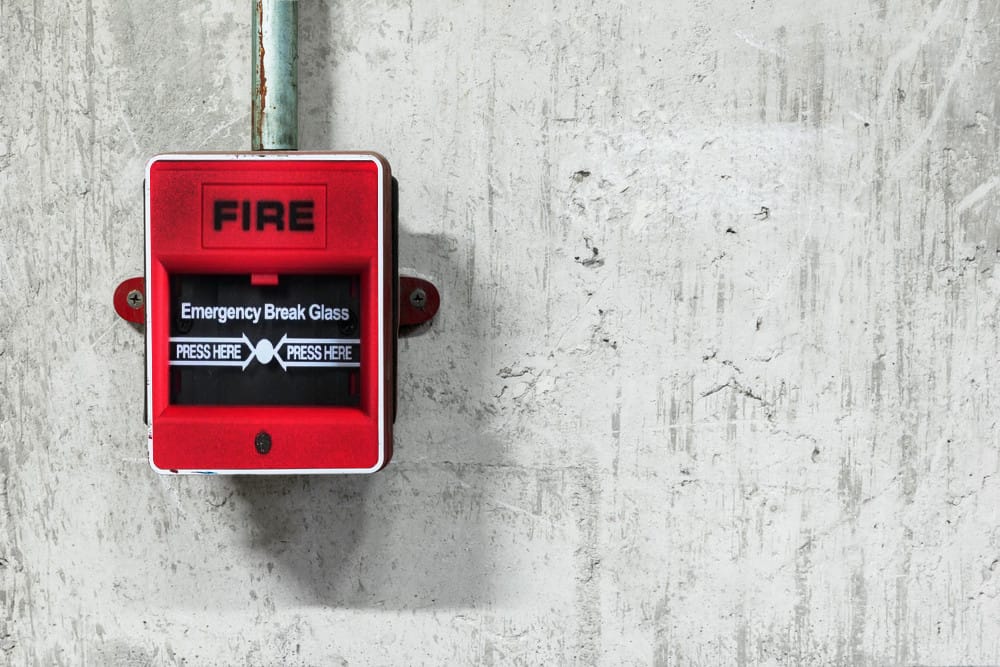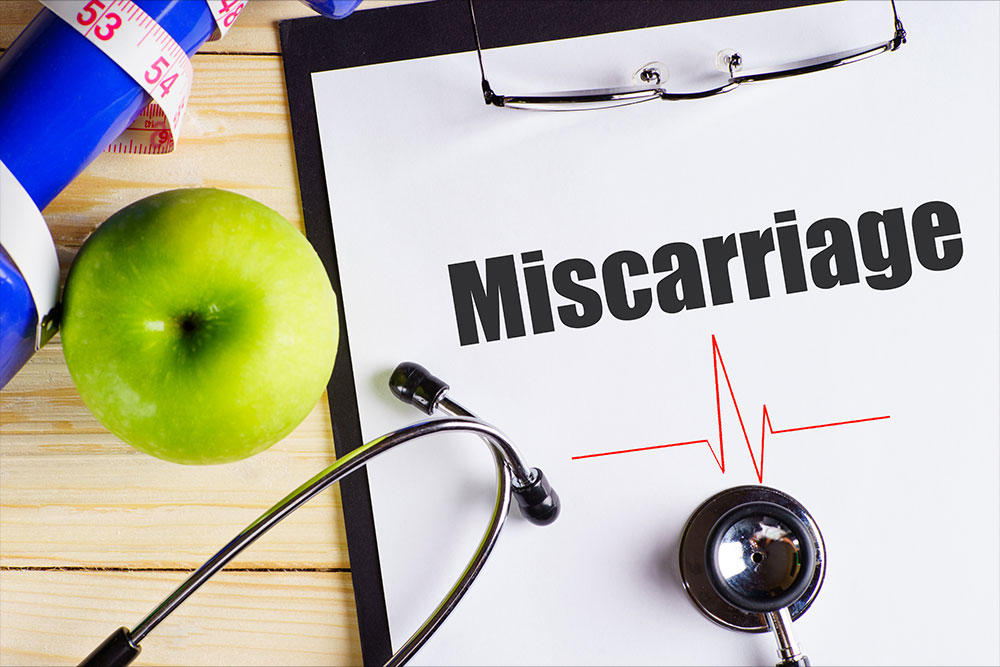
The Building Safety Act (BSA) introduced a new system designed to make high-rise residential buildings safer.
At the heart of this system are three key checkpoints that ensure fire and structural safety have been considered before high-rise projects can continue. These checkpoints are known as “Gateways”.
Each Gateway comes at a critical stage of a building’s life cycle: before planning permission, before construction and before occupation.
In this guide, you’ll learn what happens at each Building Safety Act Gateway, what you need to prepare before moving from one stage to the next and how to avoid the most common causes of delays.
Why Building Safety Act Gateways Were Introduced
Building Safety Act Gateways were introduced to make sure that building safety is considered at each major stage of a high-rise project – from design through to occupation.
This forward-thinking approach was developed in response to the Grenfell Tower tragedy and the findings of Dame Judith Hackitt’s independent review. This review found that fire and structural safety were often treated as afterthoughts in high-rise construction, allowing major risks to be built into final designs. The current Gateways system aims to prevent those issues from happening again.
By checking safety at key points, the regime encourages safer design choices early on, thereby reducing risks and the need for costly redesigns, rework or retrofits later.
Which Buildings Are Affected
The three gateways apply to developments that meet the government’s definition of a “higher-risk building”, meaning any structure that is:
- At least 18 metres or 7 storeys tall; and
- Contains at least two residential dwellings or student accommodation
Building Safety Act Training
Our Building Safety Act Training programme gives an overview of the Act, including key roles, compliance requirements and updated safety standards in building design, construction and maintenance.
Building Safety Act Gateway 1: Before Planning Permission
Gateway 1 is the first checkpoint under the Building Safety Act. It applies before planning permission is granted for certain types of high-rise buildings.
At this stage, the Building Safety Regulator, operated by the Health and Safety Executive (HSE), becomes a statutory consultee. This means that local planning authorities must seek the HSE’s advice before deciding whether to approve or refuse an application.
Gateway 1 focuses entirely on fire safety. Its purpose is to make sure that fire risks are identified and managed as early as possible in the design process.

What You Need to Submit
When submitting a planning application for one of these buildings, you must include a Fire Statement. This is a short document explaining how fire safety has been considered in your design and how you’ve met planning requirements related to:
- Site layout and access for emergency services
- Evacuation routes and escape stairs
- The use of materials and construction methods
The Fire Statement helps the HSE assess whether your design demonstrates adequate consideration of fire safety at the planning stage.
Common Causes of Delay or Rejection at Gateway 1
The most common reason planning applications are delayed at Gateway 1 is insufficient or inconsistent information.
For example:
- Drawings that do not match the Fire Statement
- Stairways that connect to high-risk spaces such as bin or cycle stores
- Poor or unclear access routes for emergency vehicles
Developers are also encouraged to avoid designs with a single stair, unless there is clear evidence that all fire safety standards can be met.
Why This Stage Matters
Before the Building Safety Act, fire safety was often considered only after planning permission had been granted. By then, risk design decisions were already baked in.
Gateway 1 ensures that these risks are identified early, helping you design safer buildings, prevent redesigns and build greater trust with planning authorities.
What Happens After Passing
Once your planning application has been approved at the first Gateway, your project can move forward to detailed design and preparation for construction.
At this point, responsibility for building safety passes from the local planning authority to the Building Safety Regulator (BSR), which takes over as the building control authority for higher-risk developments.
Building Safety Act Gateway 2: Before Construction
Gateway 2 is the second checkpoint under the Building Safety Act. It comes before construction work can begin on a high-rise residential building.
At this stage, the Building Safety Regulator acts as the building control authority for all higher-risk buildings in England. This means that your design, construction plan and management systems must be formally reviewed and approved before work starts on-site.
The aim is to make sure that the building has been designed to meet all relevant building regulations and that construction will be managed safely and competently.

What You Need to Submit
Applications at Gateway 2 must include detailed information showing that your proposed design complies with all building regulations.
Your application should include:
- Full design and building plans
- Details of the materials, methods and systems that will be used
- Evidence that competent dutyholders have been appointed – including the Client, Principal Designer and Principal Contractor
- A Construction Control Plan outlining how work will be planned, managed and monitored
- A Change Control Plan explaining how you will record and approve any design changes during construction
Together, these documents serve as your project’s instruction manual – outlining what will be built, how it will be built and how compliance will be demonstrated as work progresses.
These documents also form part of the building’s “Golden Thread” of information – the digital record that must be maintained throughout the building’s life.
Common Causes of Delay or Rejection at Gateway 2
Delays and rejections often occur when the submitted information is incomplete or unclear.
Common issues include:
- Missing or conflicting details in the design plans
- Weak or incomplete Construction Control Plans
- Missing declarations from appointed dutyholders
- A lack of evidence showing how building regulations will be met in practice
To improve your chances of approval, ensure that your application is well-organised, with every document clearly labelled and mapped to the relevant regulation.
Why This Stage Matters
Gateway 2 is a critical hold point. You can’t continue until the BSR confirms that your designs comply with building regulations. It is an offence to start construction work on a higher-risk building without the regulator’s approval.
By setting clear expectations for how safety will be managed on site, it helps to prevent non-compliance, delays and costly rework later in the project.
What Happens After Passing
Once Gateway 2 approval is granted, construction can begin. However, the BSR will continue to monitor your project through both planned and unannounced site inspections.
You must follow the approved design at all times. If any changes are required, they must be recorded and approved in accordance with your Change Control Plan before work proceeds. Failing to follow this process can result in enforcement action or prosecution.
Gateway 2 also builds accountability into the construction process by requiring every dutyholder to demonstrate competence and keep accurate records.
Building Safety Act Gateway 3: Before Occupation
Gateway 3 is the final checkpoint under the Building Safety Act. It takes place once construction work has finished and before anyone moves into the building.
At this stage, the Building Safety Regulator reviews the project to confirm that it has been built according to the approved design and meets all building regulations.
No part of a higher-risk building can be legally occupied until the BSR issues a completion certificate confirming that all requirements have been met.

What You Need to Submit
To complete Gateway 3, you must provide a completion application. This includes:
- As-built drawings that reflect the finished structure
- Updated versions of all safety documents submitted at Gateway 2
- Evidence of compliance with each relevant building regulation
- Final declarations from all dutyholders confirming that the work has been carried out competently and in accordance with the approved design
- A complete record of any design or construction changes made during the build
Common Causes of Delay or Rejection at Gateway 3
The most frequent cause of delay is missing or incomplete evidence.
Common examples include:
- Gaps between the approved design and the as-built record
- Poorly documented or unauthorised design changes
- Missing declarations or safety documentation from contractors
- Failure to demonstrate that all required testing and inspections have been completed
Taking time to maintain your documentation throughout the project will make this stage much smoother.
Why This Stage Matters
Gateway 3 provides final assurance that a building is safe to occupy.
It prevents unsafe or non-compliant buildings from being handed over to residents and ensures that all dutyholders are held accountable for the quality and safety of their work. It also marks the transition from construction to ongoing safety management.
What Happens After Passing
Once Gateway 3 is passed and the completion certificate is issued, responsibility for the building passes to the Accountable Person (AP). The AP must register the building with the Building Safety Regulator, which is the final step before residents can move in. However, safety responsibilities do not end here.
The Accountable Person must create and maintain a Safety Case Report, which demonstrates how fire and structural risks are identified, managed and reviewed over time. This report – and the building’s Golden Thread – will be reviewed regularly by the BSR as part of ongoing oversight.
The goal is to ensure that high-rise buildings remain safe throughout their entire lifespan.
Learn More About the Building Safety Act
Understanding Building Safety Act Gateways is essential for anyone involved in planning, designing or managing high-rise projects.
Our online Building Safety Act Training course provides a complete overview of the Act and its practical requirements – including dutyholder roles, Gateways, the Golden Thread and Safety Case responsibilities.
This short, accessible course helps you stay compliant, avoid costly mistakes and contribute to a safer built environment.




















